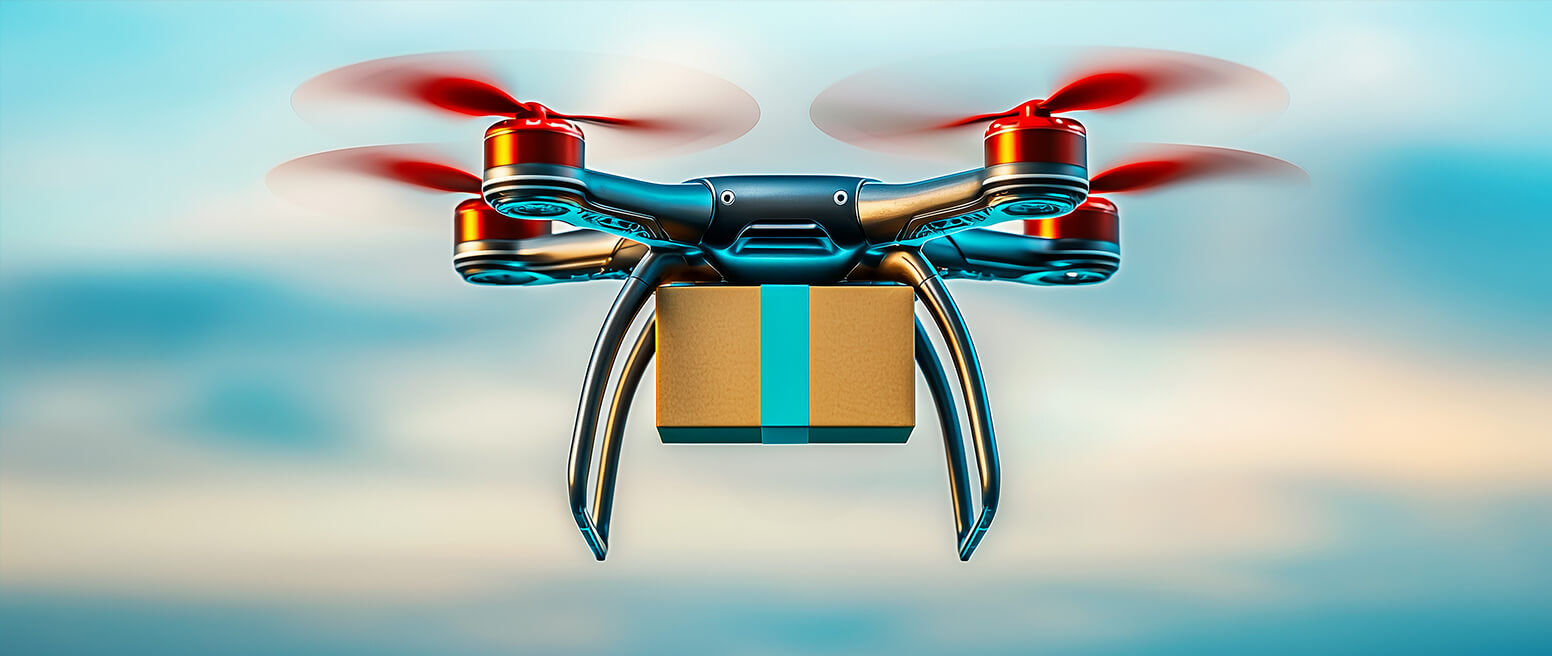When Can Users File Chargebacks on Twitch? How Do These Disputes Impact Streamers?
Livestreaming is a global phenomenon. Platforms like Twitch.tv and others generated $125 billion in revenue in 2021 for themselves — and for their creators.
It’s never been a better time to be an independent content creator. The meteoric rise of the livestream has a downside, though. Unfortunately, Twitch chargebacks are now a major concern for creators on the platform.
We may be standing on the edge of the next great innovation in entertainment and communications. But, if businesses can’t find a way to rein in payment disputes, the streaming community could be headed for disaster.
Recommended reading
- Venmo Chargebacks: How Do Disputes Work on Venmo?
- What is the Zelle Dispute Process? What Should Victims Do?
- Bank of America Disputes: Here's What You Need to Know
- How Square Disputes Work | Rules, Protections & More
- Dropshipping Chargebacks | Causes & Tips to Prevent Them
- Types of Chargebacks | Common Claims & Why They Happen
Yes. As a viewer, you can dispute purchases and/or donations made to Twitch creators. However, there are restrictions at play. Read on to learn about the restrictions on Twitch chargebacks, or click below for general information about how to file a chargeback.
What is a Twitch Chargeback?
- Twitch Chargeback
A twitch chargeback occurs when a customer contacts their bank to dispute a donation made during a stream on the livestreaming platform Twitch, for which the bank forces a payment reversal.
[noun]/twiCH • charj • bak/Livestreamers and other online content creators are probably less familiar with chargebacks than their eCommerce counterparts. Regardless, they are happening more and more often every year.
Watchers who decide to donate or make a purchase on your livestream will likely process payments via a credit or debit card. The right to file chargebacks for credit purchases is protected in the US by the Fair Credit Billing Act of 1974 (FCBA) and the Electronic Funds Transfer Act (EFTA) of 1978. Thus, streamers are not exempt from the possibility of chargebacks.
What makes Twitch different from other card transactions is that the platform doesn’t allow streamers to accept credit and debit card purchases directly. Instead, payments are facilitated via a third-party payment provider like PayPal. Therefore, chargebacks filed in response to content on that platform will be subject to both Twitch and the payment provider’s dispute rules.
How Twitch Chargebacks Affect Streamers
Twitch creators are able to monetize their streams through a variety of channels, including:
- Fan Subscriptions
- Ad Revenue
- Affiliate Programs
- Merchandise Sales
Top-tier streamers can take in thousands of dollars every day through these (and other) channels. But, as we explained above, if you accept donations in the course of your livestream activities, you can be just as vulnerable to payment disputes as any online merchant.

Disputes on Twitch donations are devastating if you rely on streaming as a primary source of income because. Not only do you lose the initial donation, but you could be required to pay added fees, meaning you actually lose money in the end.
For example, let’s say you receive a donation via PayPal, but the donor later disputes the charge. Not only will you lose the donation, but PayPal will charge you a flat $20 fee for that dispute.
Donations aren’t covered by PayPal Seller Protection nor by PayPal Chargeback Protection. Thus, there’s no way to recover that fee. There's even the potential that a scammer could use Twitch creators as a money mule in a refund scam without the performer's knowledge.
Why Do Streamers Get Twitch Chargebacks?
Why is this happening? Why would your viewers donate to you, then turn around and dispute the charge? Well, the reasons vary.
Overspending
A viewer might make a donation for more than they can spare, then see a chargeback as a way to avoid overspending.
Confusion
A user might forget about a donation, then notice the charge show up later on his or her statement and assume it’s fraudulent.
Chargeback-tivism
A viewer might get disillusioned with a creator, and file a chargeback as a form of “chargeback-tivism.”
Reward Theft
A user might make a large donation to claim a reward or encourage a streamer to take a certain action, then charge it back later.
Worse, though, there are documented cases involving users who make donations already planning to file a chargeback. In one documented case, for instance, a Twitch chargeback troll made several donations totaling $5,100 to a Twitch streamer, then filed chargebacks on all the transactions. When asked about the incident, the user claimed his motivation was the “satisfaction of hurting everyone else and the satisfaction that I just don’t care how anyone else feels.”
That’s an extreme example, but it’s not an isolated incident. Creators have complained about Twitch chargebacks for years.
What is Being Done to Help Streamers?
Understandably, the site has now taken some steps to try and mitigate damage. For instance, the introduction of cheering back in 2016 gave streamers a way to collect tips from viewers using a proprietary currency. This insulates creators against chargebacks, at least to some degree.
Then in 2021, in response to increased streamer complaints about the frequency of incoming chargebacks, Twitch amended their refund policy. Now, viewers who abuse it could be banned from the platform. While this is a marked improvement from previous years, as the issue is at least gaining notice, it still does very little to prevent people from contacting their bank for a dispute.
Also, there are third-party services you can use to ban users from donating to your stream if they have a history of Twitch chargebacks. Although, this still isn't ideal since you could be preemptively banning users who might've had a legitimate issue in the past but who want to make an earnest donation now.
There's also a disclaimer that some creators use as a way to try and prevent chargebacks. However, this should not be viewed as a silver bullet, as chargeback adjudication takes place at the discretion of the cardholder’s issuing bank. They may choose to simply disregard the non-binding disclaimer, or rule it as irrelevant to the claim at hand.
Any of the measures outlined above are demonstrably better than nothing. However, all these solutions ultimately fall short of the mark when it comes to effective chargeback prevention, as they don’t really address the core issue.
There’s widespread confusion about disputes, and a lack of a comprehensive, transparent solution. Without a framework in place to discourage consumers from abusing their chargeback rights, the situation will continue to cause problems.
How Can Twitch Streamers Prevent Chargebacks?
So, how can you encourage tips and donations without incurring chargebacks? As a creator, you have a couple of options here.
Twitch and several other streaming platforms promote digital currencies that arerelatively immune from chargebacks and disputes. However, as we mentioned before, the majority of users will rely on PayPal or another third-party payment facilitator to process these payments, which are not covered by seller protection.
Unfortunately, the only way to reliably prevent this issue is to refuse to accept donations and tips that are not numberated in Twitch Bits. If donations and tips are an integral part of your income, this probably won’t be feasible.
The only other options you have are to limit your risk of fraud, and challenge illegitimate Twitch chargebacks whenever possible.
How to Fight Twitch Chargebacks
Traditionally, most merchants fight invalid chargebacks through a process called representment. During this process, the merchant will make a formal argument to the bank that the disputed transaction was legitimate. The merchant can use a wide array of evidence to prove their claim, from transaction records to screenshots of conversations with the cardholder.
As a streamer, the right way to respond depends on the specifics of the transaction in question. Examples of evidence you may be asked to provide evidence include:
- Payment details like receipts, email confirmations, and transaction IDs. Anything that confirms the payment was made, and that the cardholder authorized it.
- Any conversations with the user, chat logs, requests, video clips, or donations. These could be screenshots, emails, or private conversations through the app.
- A copy of your return policy with the specific details regarding donations, tips, or payments is highlighted.
- Portions of your terms of service explaining that tips and donations are voluntary, non-refundable, and not in exchange for products or services.
You should ensure that this information is readily available before responding to the dispute. You will next need to submit a response; the right to go about this will depend on the specifics of the transaction.
With PayPal transactions, for instance, you should review PayPal’s chargeback and dispute processes to gain a better understanding of their resolution requirements. P2P PayPal disputes are handled through the PayPal Resolution Center, with PayPal itself serving as mediator and final arbiter. Through this portal, you will submit your evidence to disprove the cardholder’s claims and allow PayPal to negotiate the situation between both parties.
Multi-Tiered Strategies Are Best
The existing chargeback system is complex, confusing, and difficult to manage. Despite more than four decades of labyrinthian industry regulations governing chargebacks, the process is simply not well-suited to the digital market. Plus, each card scheme has its own rules and regulations governing chargeback procedures and the conditions under which they can be challenged.
The resulting confusion and lack of clarity surrounding chargebacks create an environment in which abuse can thrive. The phenomenon isn’t unique to Twitch. But, because streamers are individuals, and lack the resources to invest in fraud detection and risk mitigation like conventional businesses, their options for outside help are limited. You’re more or less on your own.
Your best bet is to study the representment process and learn how to prepare and submit airtight cases to recover funds. Learning to manage disputes by creating compelling representment cases will make it possible to recover your donations and protect your income. You may not win every dispute, but recovering some of your cash is better than recovering none.
FAQs
What happens if you chargeback twitch donations?
If you file a chargeback, you may be able to recoup your funds. However, this should be a last resort; before filing a chargeback, you should attempt to work out a repayment with the streamer in question.
How do I dispute a charge on twitch?
Twitch doesn’t allow streamers to accept credit and debit card purchases directly through their site. Instead, payments are facilitated via a third-party payment provider like PayPal, or by using Bits, the platform’s proprietary currency. Therefore, chargebacks filed in response to content on that platform will be subject to either Twitch or PayPal’s dispute rules.
How do you stop chargebacks on twitch?
Unfortunately, the only way to prevent Twitch chargebacks is to refuse to accept donations and tips that aren’t covered under Twitch Bits. If donations and tips are an integral part of your income, the only other option you have is to challenge illegitimate chargebacks whenever possible through representment.
Does the twitch donation disclaimer stop chargebacks?
No. While this measure is demonstrably better than nothing, every strategy ultimately falls short of the mark when it comes to effective chargeback prevention. Without a framework in place to discourage consumers from abusing their chargeback rights, the situation will continue to cause problems.












